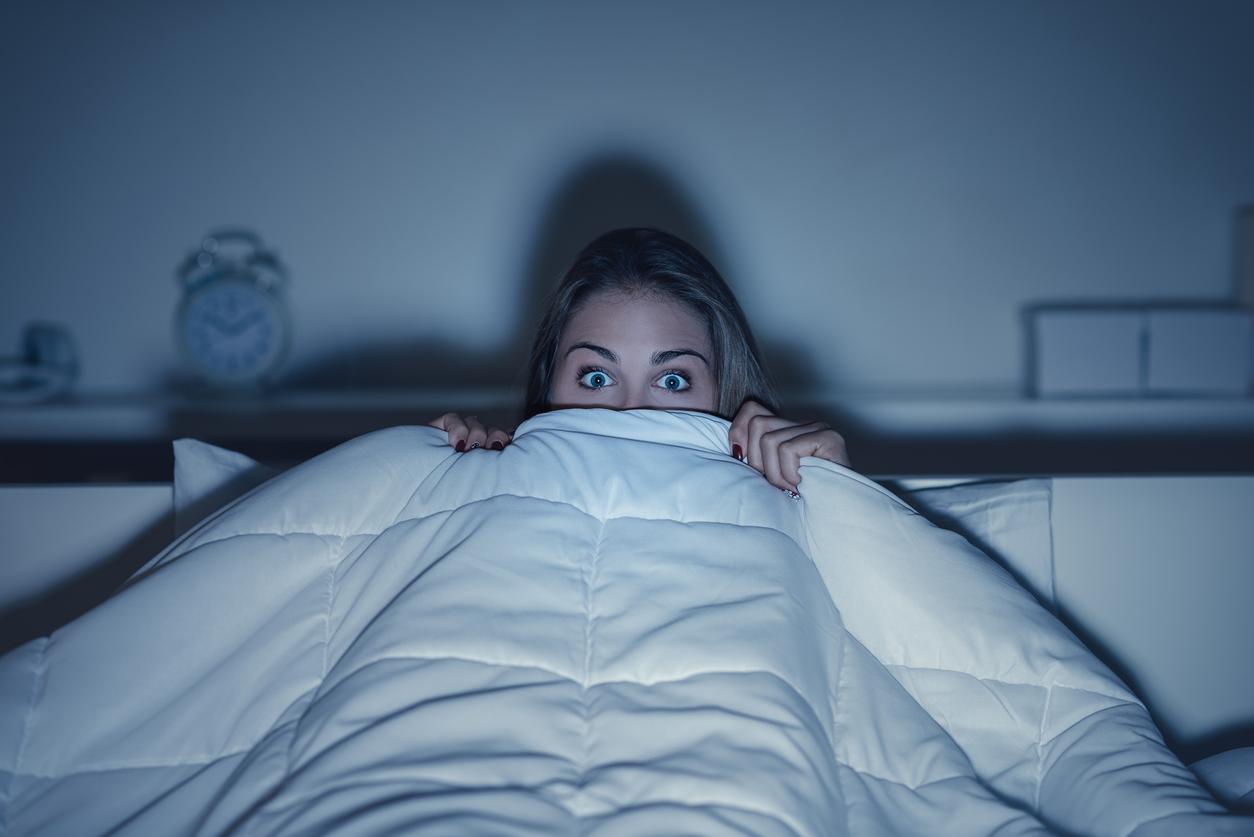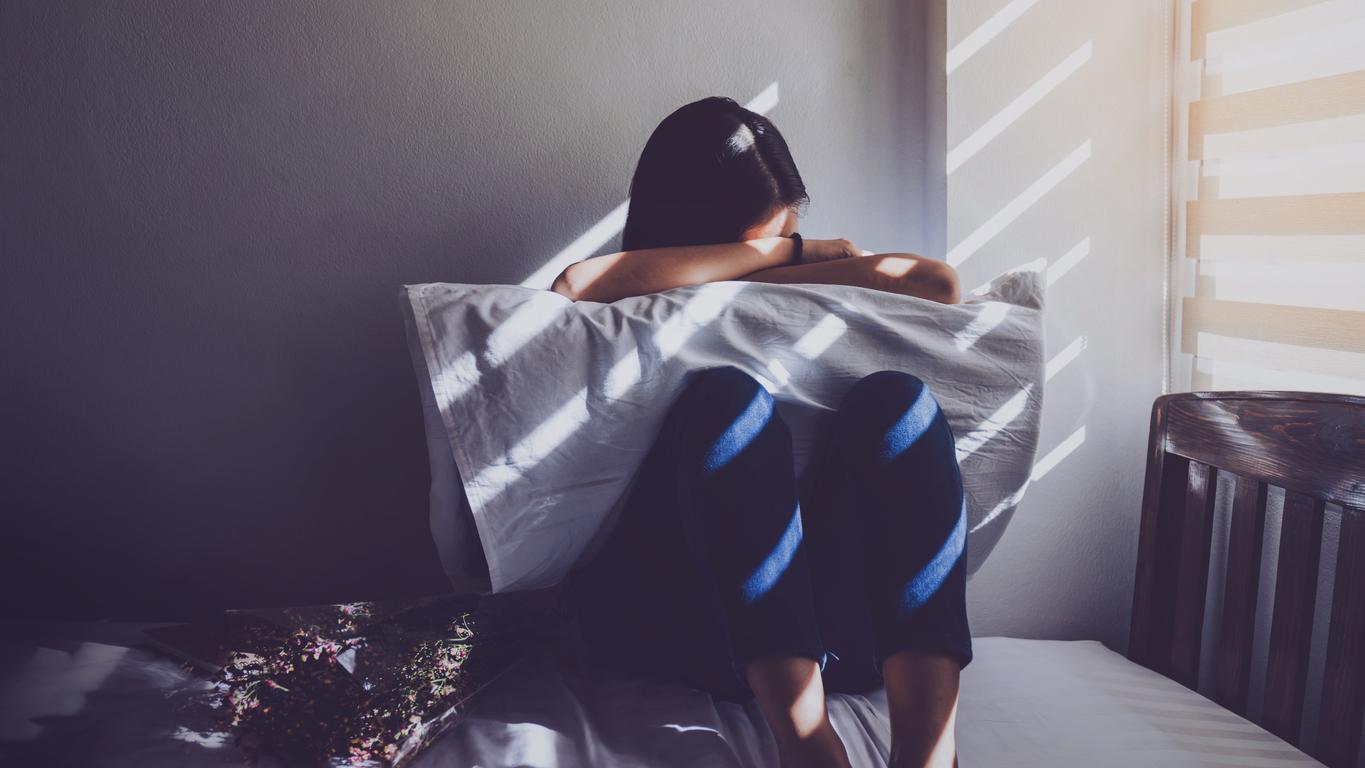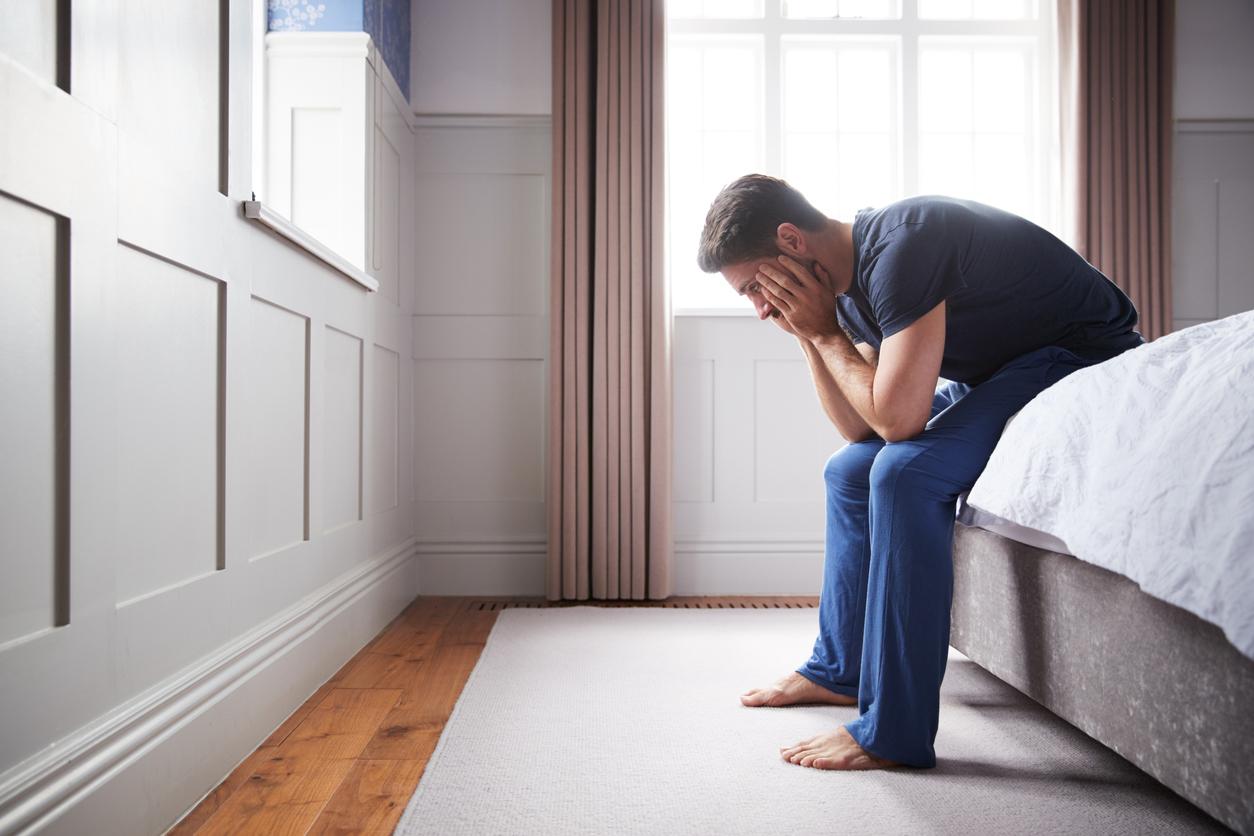
A social phobia
For most of us, it’s the most natural thing in the world: peeing. Yet there are also people who experience problems with urination due to fear or tension. Especially in front of others. We often call this a fear of peeing or paruresis, but it is also referred to as a ‘shy bladder’.
Paruresis is a phobia which consists of fear of and avoidance of public toilets and irregular bladder control. There is no identifiable physical cause for this form of urinary retention – involuntary cessation. The idea of not being able to urinate in complete privacy is a stumbling block for many people with this phobia. Your system blocks, as it were, and you can no longer urinate.
Complaints
If you have a fear of peeing, you often worry about the toilets beforehand. And that one stress makes urination more difficult. Avoidance behavior often accompanies the phobia. Sometimes the fear is temporarily reduced as a result. Turning on a faucet or flushing the toilet beforehand to create background noise helps in the short term, but eventually the phobia will only get worse. Sometimes people with a fear of peeing experience all kinds of physical symptoms of anxiety and stress, such as palpitations, sweating, dizziness and tremors. In others, the phobia only manifests itself in not being able to urinate.
Paruresis is quite taboo: many people find it a difficult subject to talk about. Shame, fear and the stress surrounding urination can have a major impact on your life. Fear can rule your life: you hardly dare to drink or make up excuses not to leave the house. Peeing at home is usually no problem at all.
Cause
It is unclear what causes peeing. Some people with parureris believe that a traumatic event underlies the fear, others cannot identify what caused the phobia. Research shows that there may be both physical and psychological factors underlying the fear. It is possible that heredity plays a role in paruresis, there are some studies that point in that direction.
How many people suffer from paruresis is unclear. In the United States, the numbers range from less than 1 to 25 percent. A large survey in America found that 6.6 percent of people are afraid to use a toilet outside the home, but these figures are from 1994. The NEMESIS-1 study (Netherlands Mental Health Survey and Incidence Study, 1996) shows that 2.7 percent of those surveyed have ever had a fear of using the toilet outside the home (1.8 percent of men and 3.4 percent of women).
Therapy
Sometimes people with paruresis end up with a urologist with their complaints. When there is no underlying physical problem with the urination problems underlying this, the diagnosis of pee anxiety can be made. Little scientific research has been published about the effectiveness of certain treatments for paruresis, but behavioral therapy seems to be the best choice.
The International Paruresis Association (IPA) promotes ‘gradual exposure’ as a therapy. This is a training session where you gradually get used to peeing around other people. From peeing with the door open and someone in another room to finally peeing in a crowded public toilet. This form of therapy is often done with the help of a partner, family member or other trusted person.
Other possible treatments include learning to place a catheter yourself (for men and only treat symptoms), medications, hypnotherapy, botox injections, or even surgery. After treatment – especially after behavioral therapy – most patients get their problems under control. The fear can occasionally come back, but usually people are able to deal with it well.
Do it yourself
Usually, pee anxiety is not something you can solve yourself, but the following tips can certainly help. Try to avoid crowded and public toilets and if you go somewhere, look for a nearby restaurant (the toilets are often closed and less crowded). For men, it often helps if they use the toilet instead of a urinal. Being honest about your fear, no matter how difficult, often has a positive effect.















